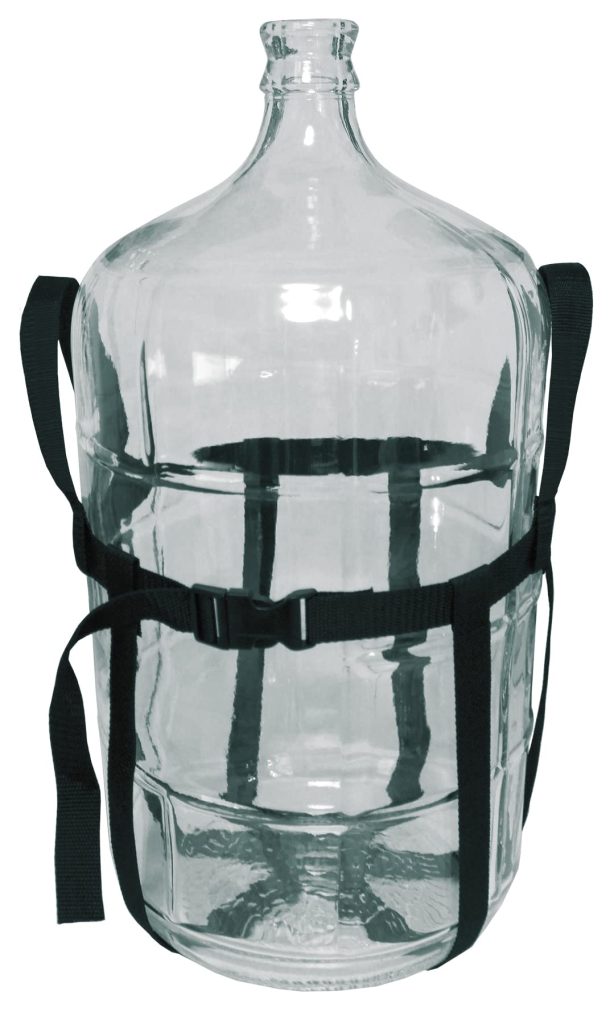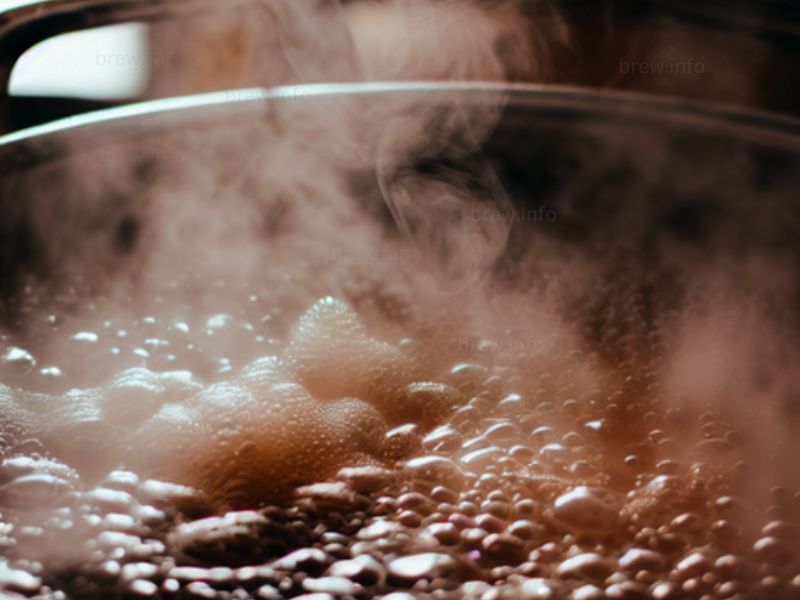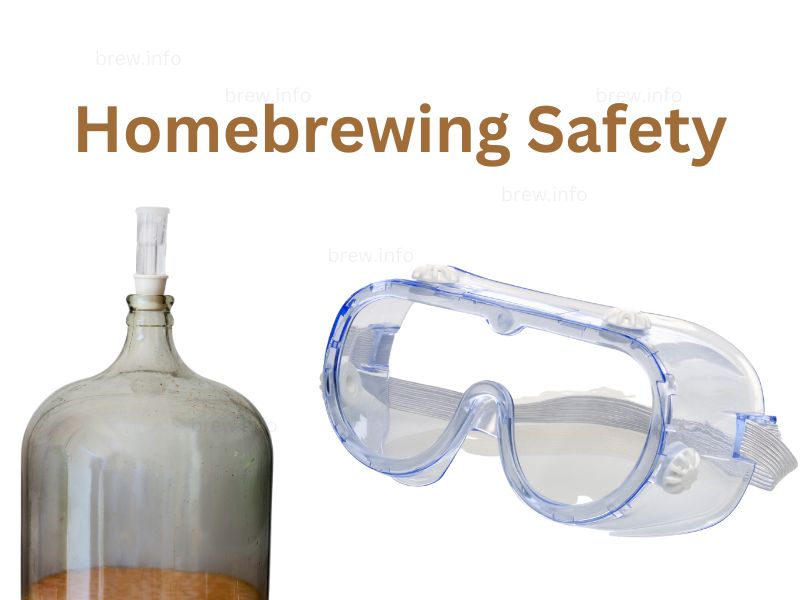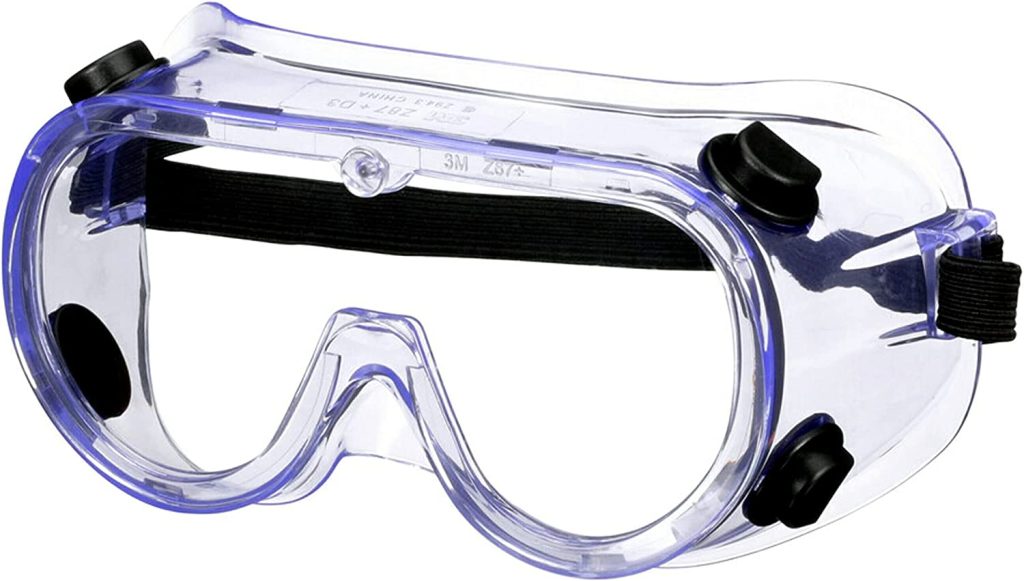Starting Your Homebrewing Journey – Safety First
As you embark on your homebrewing adventure, “safety” is a keyword that should always come to mind. After all, the process involves handling various pieces of equipment, boiling hot water, and dealing with potentially dangerous chemicals. So, let’s dive in together and explore how to ensure safety while enjoying the homebrewing process.
Safety Equipment – A Homebrewer’s Armor
Part of the appeal of homebrewing is the hands-on nature of the process. But when it comes to safety, we need to ensure we’re protected adequately. A sturdy pair of heat-resistant gloves is a must-have. They’ll keep your hands safe when you’re dealing with boiling water or hot surfaces. Similarly, don’t forget about eye protection. A stray splash of hot water or a chemical used in brewing can be hazardous.
The Glass Carboy – Handle With Care
A glass carboy is a common piece of equipment in the homebrewer’s arsenal. It’s attractive due to its non-porous nature, which prevents it from harboring flavors or odors from previous brews. However, handling a glass carboy requires particular attention to safety.
The risk with glass carboys comes from their potential to break, causing a hazardous mess of shattered glass and spilled brew. To avoid this, I always ensure to handle my carboy with clean, dry hands and I never move it while it’s full.
I recall a time when I was relatively new to homebrewing. I had just finished transferring my brew into a glass carboy and attempted to move it to a cooler location. Unfortunately, my hands were still wet, and the carboy slipped, shattering and wasting my hard-earned brew. Luckily, I was wearing thick shoes, so I avoided any cuts, but the cleanup was quite a chore.
After that incident, I invested in a carboy carrier to securely move it around. This experience was a powerful reminder that while glass carboys have their benefits, they should always be handled with caution to ensure safety.

The Boiling Point – Navigating the Heat Safely
The act of brewing is an intricate dance with heat. Boiling is an essential step in homebrewing but is also one of the most dangerous. Over my homebrewing career, I’ve learned the hard way that a watchful eye is a brewer’s best friend. Unattended pots have a notorious reputation for boiling over, creating both a mess and a potential burn hazard.
On a chilly winter evening, I was brewing a batch of porter. I stepped away for just a moment, and when I returned, the pot had boiled over. It was a stark reminder that while homebrewing can be an engaging hobby, safety should never be overlooked. And don’t overlook the danger presented by a very unhappy wife if she sees the stove top encrusted with sticky wort.

Chemical Handling – Respect, Don’t Fear
Homebrewing involves the use of various chemicals for cleaning and sanitizing purposes. Handling them safely is crucial. I’ve always stored my chemicals in a separate, secure area away from food items to prevent accidental ingestion. It’s also essential to clearly label each container.
A friend of mine, a seasoned homebrewer, once mistook a container of sanitizing solution for a bottle of water. Luckily, he realized his mistake in time. This incident was a potent reminder of the importance of proper chemical storage and labeling for safety.
Bottle Conditioning – Patience Is Safety
Bottle conditioning is the final step in homebrewing. It can also be a safety hazard if done incorrectly. Over-carbonation can turn your bottles into pressurized “bottle bombs”. Basically, your bottles over carbonate and the excessive carbon dioxide causes the bottles to literally explode. Always follow recipes closely and measure accurately to ensure safety during this process.
I remember my excitement when bottling my first batch of homebrew. Overzealous and eager for carbonation, I added too much sugar, resulting in several bottle explosions. It was a valuable, albeit messy, lesson in patience and careful measurement.
Embrace Cleanliness – Your Key to Safety
Just as you wouldn’t cook in a dirty kitchen, you should never brew in a dirty environment. Proper sanitation is a vital component of safety in homebrewing. An unsanitized brewing setup can lead to bacterial contamination, resulting in off-flavors and, more importantly, potential health risks.
My neighbor, an enthusiastic homebrewer, neglected to clean his equipment thoroughly after a brewing session. He ended up with a batch that tasted off and was ultimately unsafe to consume. That’s a situation you definitely want to avoid. A clean brew space isn’t just a nice-to-have—it’s an absolute necessity.
Lifting and Moving – No Herculean Strength Required
Homebrewing involves moving around hefty containers filled with liquid. As such, lifting properly and ensuring that your surroundings are clear of obstacles are crucial safety aspects.
One summer, I was transferring a freshly brewed batch into a carboy. I decided to lift it without securing a good grip—a big mistake. I ended up with a strained back and a wasted batch of beer. Learning to lift and move heavy items properly is as critical in homebrewing as the quality of your ingredients.
Brew Day Checklist – Ensuring Safety Every Step of the Way
One method I’ve found particularly useful in maintaining safety while homebrewing is creating and utilizing a brew day checklist. Just like a pilot wouldn’t take off without going through their pre-flight checklist, a homebrewer should never start a brew day without a safety checklist.
This list can include things like checking all equipment for wear and tear, ensuring chemicals are properly stored and labeled, verifying you have appropriate safety gear like gloves and goggles, and making sure your brewing area is clean and clutter-free.
Regardless of how experienced you are with the brewing process, it is always better, to begin with a safety checklist in hand.
Safety – The Primary Ingredient in Homebrewing
I’ve shared some important points about safety while homebrewing, but it’s by no means an exhaustive list. Your journey into the world of homebrewing will be a learning curve, as mine was. However, keeping safety at the forefront of your mind will ensure that it’s a journey marked by enjoyable discoveries rather than unfortunate mishaps.
Homebrewing is an art—a labor of love. As with any art form, there are risks involved. However, by taking necessary precautions and practicing safe brewing habits, we can significantly reduce these risks and enjoy the fruits of our labor. Safety, in essence, is the primary ingredient in a successful homebrewing journey.
© 2011-2023 by Brew.info. All rights reserved. No part of this document may be reproduced or transmitted in any form or by any means, electronic, mechanical, photocopying, recording, or otherwise, without prior written permission of Brew.info.









